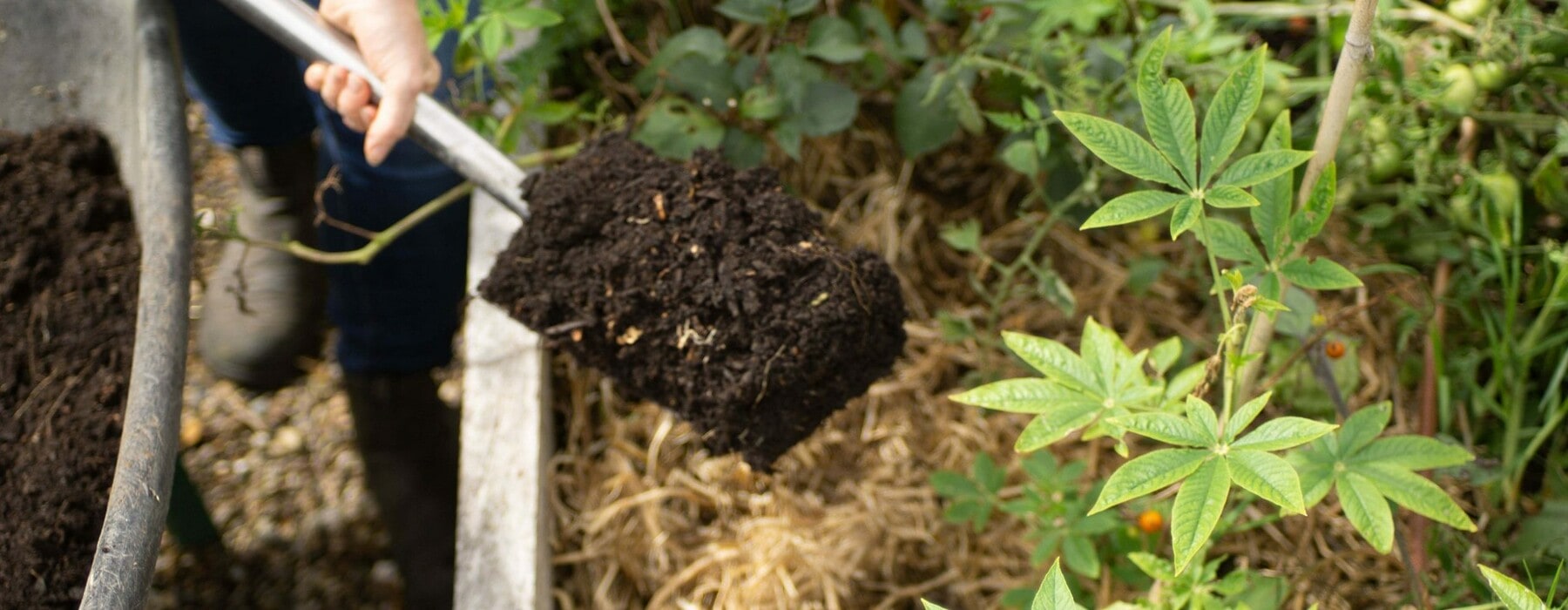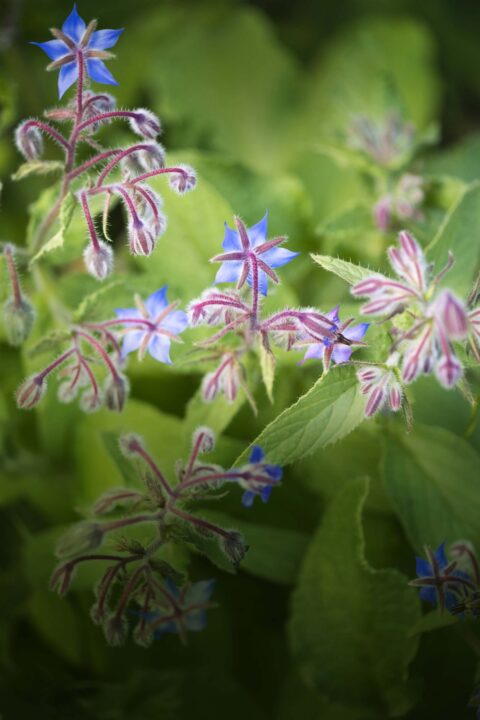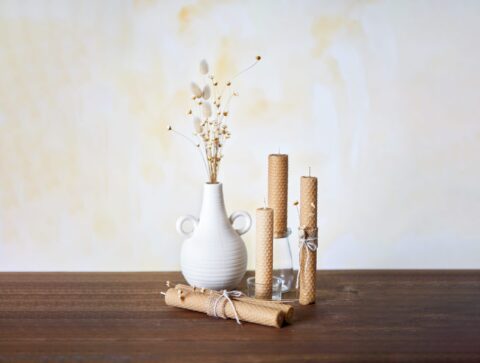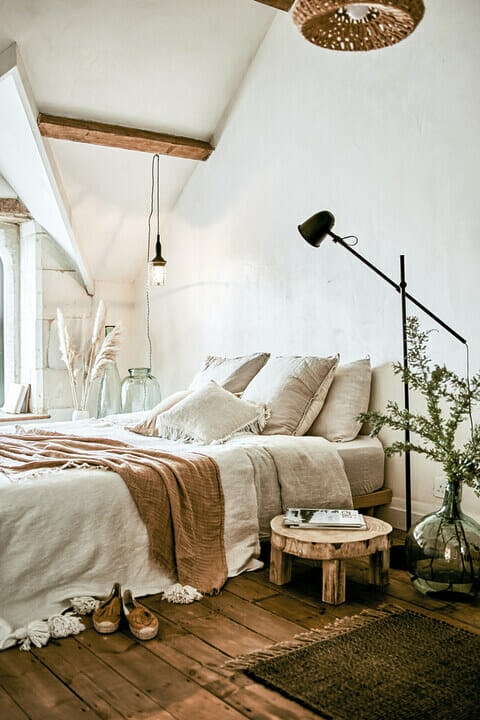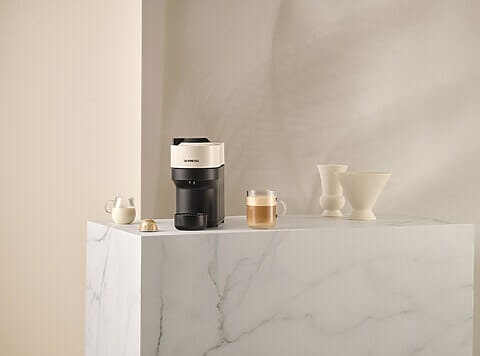Now is the perfect time to cultivate a composting habit. Here’s where to start.
Dirt is cool right now, but then again, it always has been – being the basis for all life on earth. Right now though, healthy soil is the craft beer of the gardening world. Partly, this is because it’s more critical than ever to work with nature, rather than against it, if we want healthy plants and a future on this planet.
And while it’s easy to feel ineffectual on an individual level when it comes to the climate crisis, there is one thing you can do to help the planet and feed your soil, not to mention your green gardening soul – make compost!
What is compost?
Think of a compost heap as your own backyard recycling system. Any biodegradable material – uncooked fruit and vege scraps, weeds, leaves, egg cartons, newspapers, cardboard, hedge prunings, manure, even cotton lint from the dryer – can be piled up and left to break down. With the assistance of heat, moisture and oxygen, a working gang of microorganisms (made up of 80 to 90 percent bacteria and a smaller group of fungi) feed on the decaying matter, expediting the decomposition process. Healthy compost will also be quivering with wriggly worms, mites and centipedes.
Housing your heap
An array of compost heaps is available, from black plastic Dalek-shaped bins that cost around $50 to fancy timber three-bay systems (which allow you to house organic matter in various stages of decomposition) that you can buy as kitsets for around $500 or ready-made for around $700.
You can even build your own out of a pallet – there are loads of how-to videos online. Always place your compost bin on top of bare soil (never concrete) so the worms and beneficial microorganisms can work their way up to it. Covering your heap – old carpet or plastic will do – will help to keep it warm, motivating the microorganisms to do their thing. For the same reason, site your heap in a sunny spot.
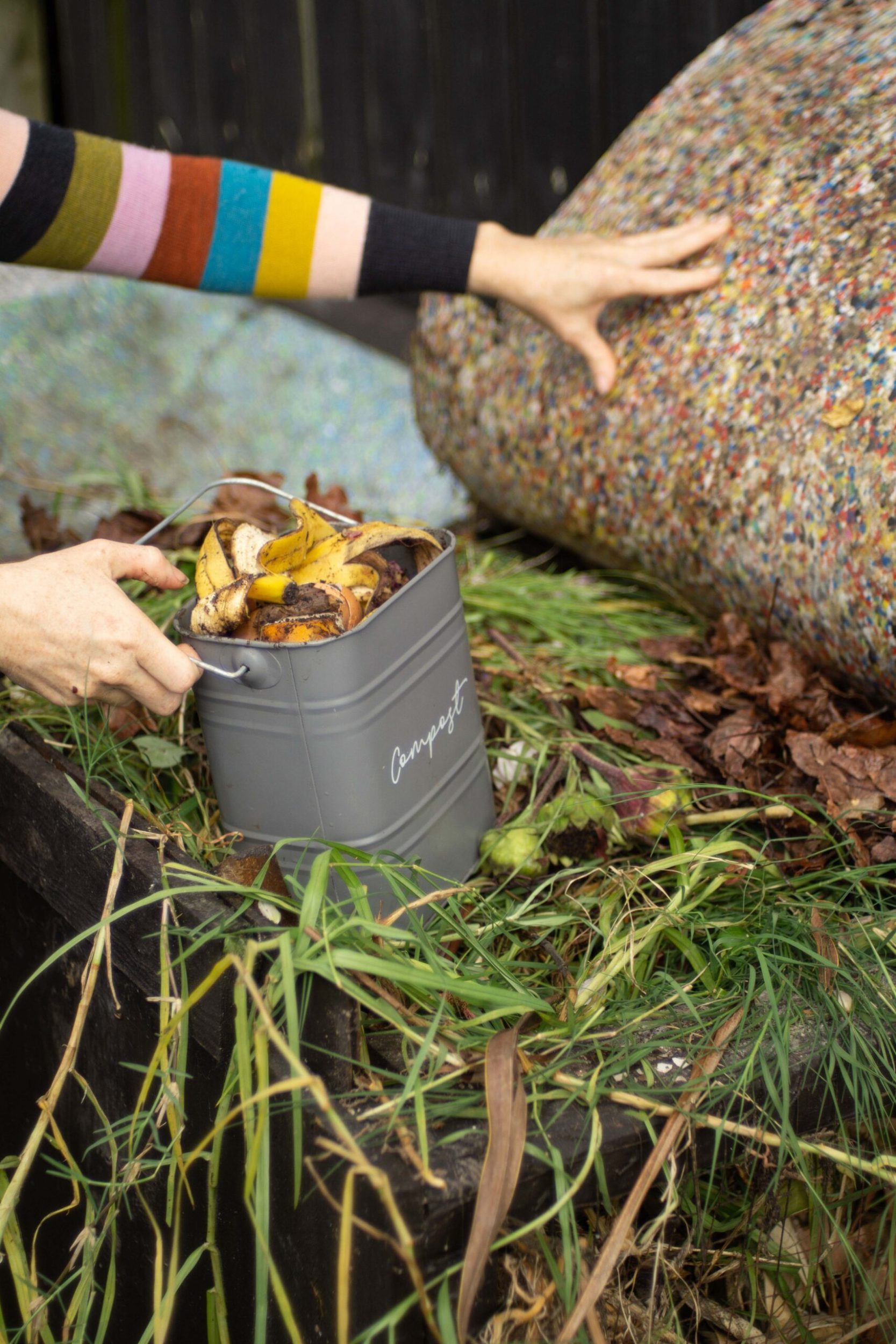
A green and brown collab
Compost is the outcome of a romance between carbon and nitrogen. Nitrogens are generally, but not exclusively, greens – plant matter, fruit and vegetable waste, coffee grounds, grass clippings (never add more than 5cm at a time as they’ll stink out your bin), weeds and animal manure.
Carbonous material are browns, found in autumn leaves (gather some now!), dead branches, twigs and cardboard. It’s possible to completely nerd out on the ideal ratios of greens to browns but as long as you go for a 50/50 combination, that should do the job. You’ll find that you usually have more greens than browns readily available so it’s a good idea to stockpile brown material beside your heap (shred large bits of carbon such as cardboard into small pieces), so that every time you add some greens, you can add some browns on top, kind of like a compost lasagne.
Compost should be moist, so give it a blast with the hose in hot weather. You can turn your pile from time to time to help aerate it but if you get your layers of green and brown right, this isn’t essential.
Rats and weeds
If you have troublesome weeds, remove any seedheads first or soak baddies with bulbs, like onion weed, in a sealed bucket of water until they break down, then add them to your heap. If you’re particularly squeamish about rats (like moi), keep them out by lining your bin with thick wire mesh. Never put cooked food into your bin or any kind of meat or fish scraps. Think of our native birdlife and set a rodent trap as well.

